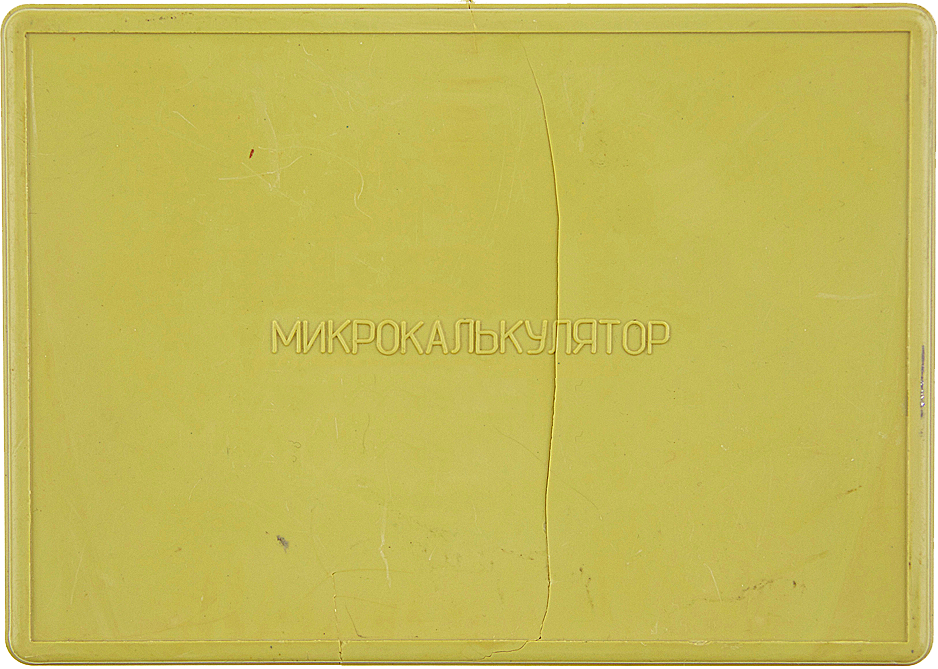
The first model to make use of this innovation was the B3-04, followed in 1978 by the eight-digit B3-30, manufactured at Angstrem. With its 8 MW power intake, this calculator could run for up to 20 hours without a line adapter. For comparison, the Elektronika B3-26 consumed a whopping 600 MW. The B3-30 was powered by nickel-cadmium batteries (D = 0.06) or a 220V AC adapter.
Based on the Sharp EL-8020, the Elektronika B3-30’s display also includes a positive/negative sign, overflow sign and battery indicator.
The Elektronika B3-30 can perform the four arithmetic operations and has separate keys for calculations with percentages and square roots.
Portable and stylish, the calculator was sold with its own book-style cover (the 1980 version of which carried the Olympic logo). Although initially priced at 58 RUB, after a few years the calculator retailed at a very reasonable 40 RUB.
Sources: https://ru.wikipedia.org/wiki/%D0%AD%D0%BB%D0%B5%D0%BA%D1%82%D1%80%D0%BE%D0%BD%D0%B8%D0%BA%D0%B0_%D0%913-30, http://ikitten.narod.ru/1988.html, V.I. Grubov, V.S. Kirdan, S.F. Kozubovsky PC Guide, 1989, p. 282.
Weight: 0.065 kg
Dimensions: 110×66.5×10.5 mm

